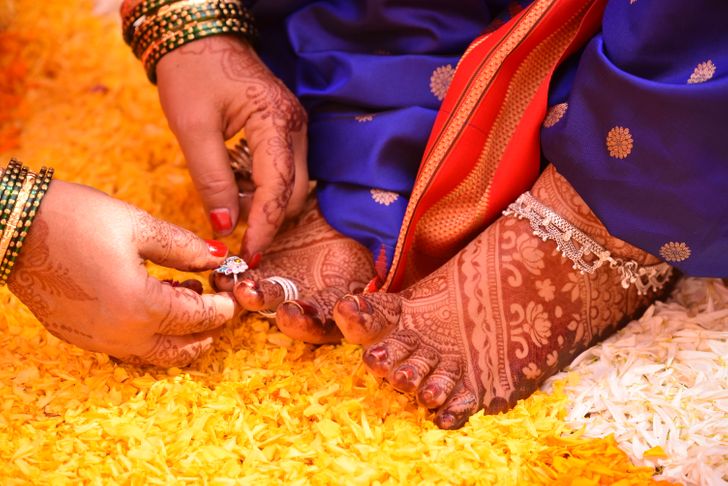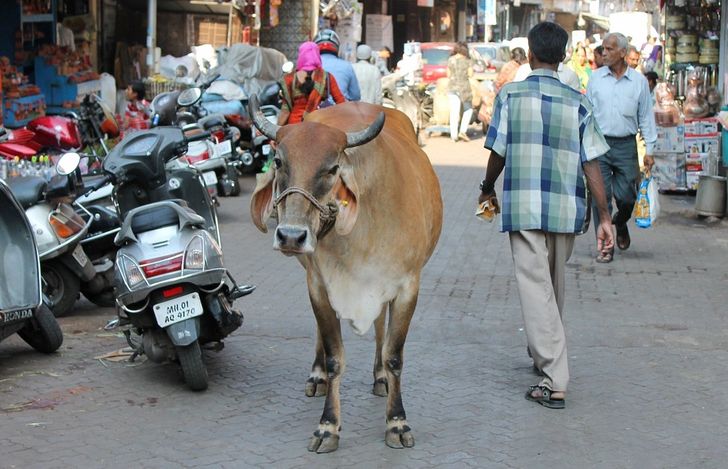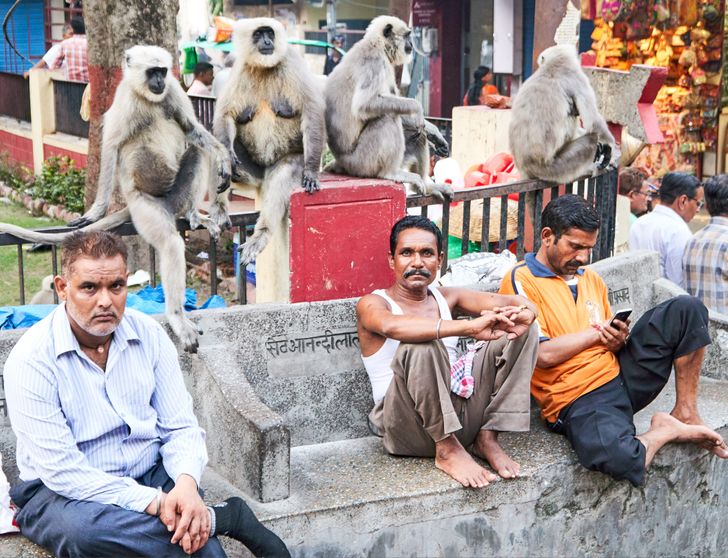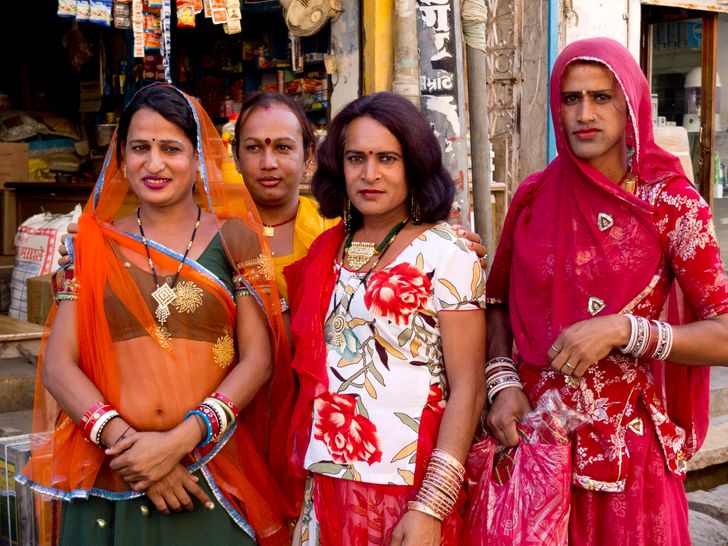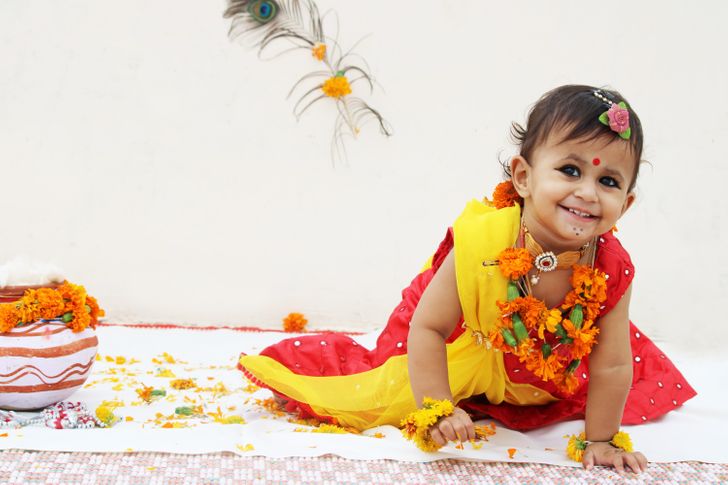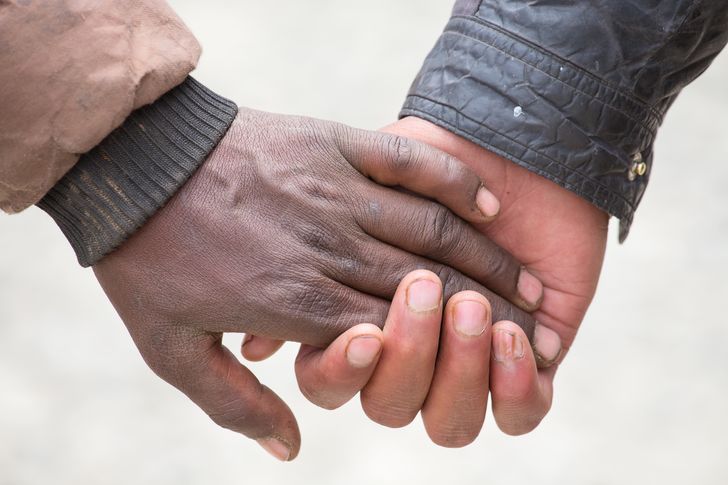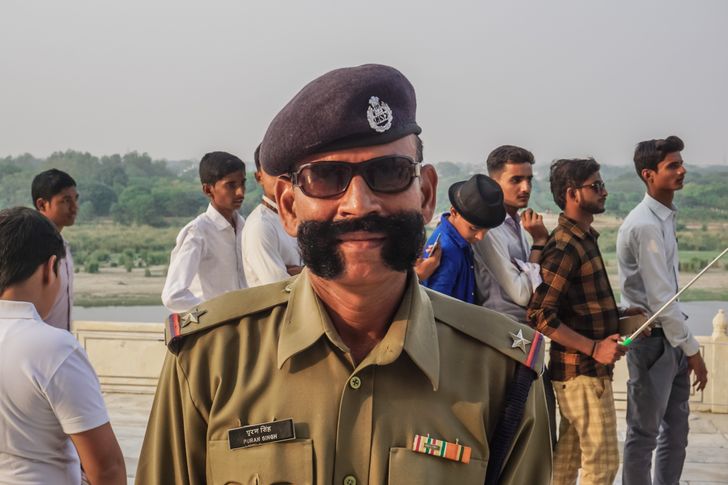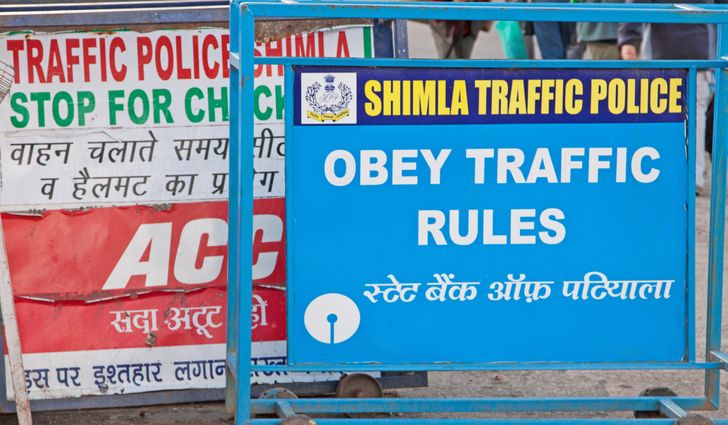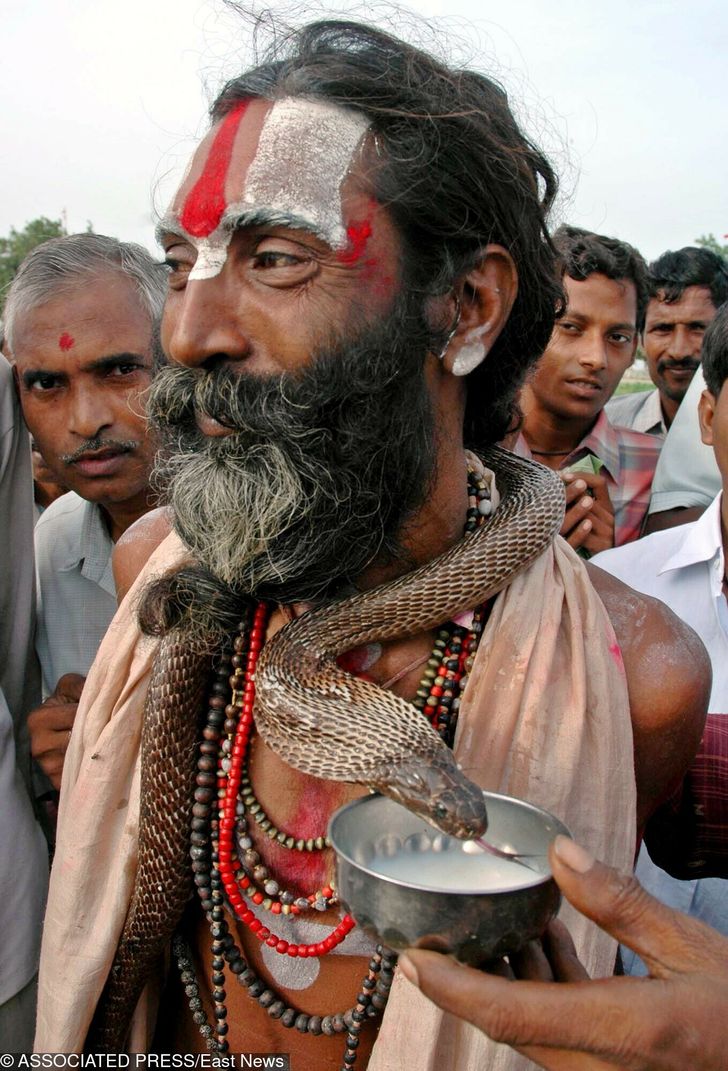wow
12 Things That Can’t Be Seen Anywhere but in India
India, officially known as the Republic of India, is the second-most populous country in the world. This South Asian country is known for its diversity of language and religion. These things make India an amazing destination to experience different cultures, attracting many visitors every year.
Bright Side has collected some of the most amazing facts that make India such a unique place.
1. Married women wear toe rings.
In most western countries, to wear a ring on your left hand means you’re married. In India, the wedding ring is positioned on the right hand. The left hand is considered the one that does the “dirty work,” from cleaning to putting your shoes on.
But married women in India don’t only wear rings on their hands. They also wear them on their feet. The toe ring, known as bichhiya, is a tradition among Hindus. The bichhiya is used on the second toe of both feet.
Hindus believe that there are medicinal properties to its usage. The pressure the ring causes on the second toe of the foot can regulate a woman’s menstrual cycle and ensure a healthy uterus. Also, the rings are usually made of silver, as they believe this metal can flush out negativity from the body.
2. Indian people eat according to the 6 seasons of the year.
India officially has 4 seasons, but according to the Hindu calendar, there are 2 additional ones known as Varsha, or monsoon, and Hemant, the pre-winter. The seasons are connected to the principles of Ayurveda, millenary holistic medicine born in India.
Ayurvedic medicine focus on balancing different types of energy in the body. They believe that what you eat is fundamental for your health. Also, nature provides in each season exactly the kind of food you should be eating at that time.
For example, in summer, fruits and vegetables like watermelon and cucumber are available. You should consume them at this time because they offer high hydration. Meanwhile, during the monsoon, a lot of people get the flu. So antioxidant fruits, such as stone fruits, will help prevent you from getting sick.
3. McDonald’s and other fast-food brands have plenty of vegetarian options.
India is the top country in the world in terms of the number of vegetarians that live there. Around 38% of the population doesn’t eat any type of meat. This is mostly due to their religious beliefs, as Hindus respect all kinds of life, preserving animals. Some of these animals, like cows, are even sacred.
That’s why many big fast-food chains, such as McDonald’s, have adapted to their customers’ wishes. The McDonald’s menu in the country includes a McAloo Tikki Burger and a McVeggie, both prepared with a vegetarian patty made out of peas, potato, and Indian spices.
4. Cows are treated like people (or even better).
Cows are sacred in India. Hindus believe these animals are a representation of Mother Earth. Their milk is a really valued product, as it’s known for nourishing humans and animals.
For this reason, cows walk freely in the country. Almost 6 million roam sidewalks in the major cities, sometimes even blocking traffic. If you see a cow walking around in India, you shouldn’t move it — just go around it or wait for it to move.
In India, it’s forbidden to slaughter or export cows. In 2007, cows started to receive ID cards with pictures to protect them from being exported. The farmers usually leave their unproductive cows in the cities if they can’t afford to feed them anymore.
5. Monkeys freely enjoy the pool and fly kites.
It’s a well-known fact that cows and other animals live more freely in India. But somehow, it appears that in this country the animals are also developing more of a sense of humanity as well, like a monkey flying a kite on top of a building.
The footage went viral in India, and we have to agree that this was an extraordinary sight. Also, in Mumbai, a group of monkeys was filmed having fun in a swimming pool. Who would’ve thought that monkeys were such good swimmers?
6. India has a recognized third gender.
Hijras are what the people in India call this third gender. Since 2014, it’s become legal to self-identify as neither male nor female in the country. Hijras are usually dressed in colorful saris and makeup. Indian people believe that they have the power to bring luck or curse you.
If you go to India, you’ll probably see hijras in the middle of traffic. They knock on the car windows asking for coins in exchange for blessings. Some also crash weddings, singing to bring good luck to the new couple.
7. Indian people can marry trees and animals.
In India, people can marry trees as well as animals. Although this marriage has no legal rights, the celebration is recognized culturally. The main reason for this ritual is based on the Hindu belief that Manglik people are unlucky.
For the Hindus, Mangliks are the people that carry what astrologers call “The Mangal Dosha.” The Mangal Dosha is determined by your Mars position at the time you were born. Having it means that you can bring bad luck to your husband and his family.
People born under the influence of the “The Mangal Dosha” should perform the ritual so that the curse can be transferred to the tree or animal. Girls are usually asked to marry peepal or banana trees to break the curse before their actual marriage. The ceremony is called Kumbh Vivah.
8. Babies receive eyeliner.
Many parents in India apply black eyeliner to their babies. But this black makeup isn’t the same as the type that’s sold in stores. This paint is known as kajal or surma. The name may vary according to each region in the country.
The base ingredients of kajal are stibnite (a sulfide mineral) or galena (lead sulfide). In a superstitious way, kajal is known to ward off the evil eye. Some believe that the product can also protect the eyes from disease, which isn’t widely believed among doctors.
9. Men usually hold hands on the street.
Although intimate contact is not encouraged in public in India, holding hands is a really common gesture between people of the same gender. Male friends can be seen together and hugging, as these are acts of true friendship.
10. Police officers are really creative while on the job.
In India, police officers can go far creatively in their daily job. From different costumes to phones attached to helmets to record their routine, everything is possible. Also, Indian police have created some pretty unusual ways of punishing infractors of the law.
The Pune Police, for example, force people to practice yoga on the streets. Meditation and daily yoga as part of the routine are strongly encouraged inside the police force. The officers believe that these practices can improve discipline and manage frustration and anger.
Another behavior that is fully encouraged inside the Indian police force is to grow mustaches. Hairy police officers receive an extra bonus in their salaries. The chiefs of the police believe that having mustaches creates a more respectful image.
11. Most Indian people don’t speak Hindi.
More than 19,500 languages and dialects are spoken in India. But only 121 are spoken by more than 10,000 people. Hindi is one of the recognized official languages. But India doesn’t have a national language.
Hindi is the mother tongue of 44% of the people in this country. Bengali is the second most spoken language, with only 8.3% of the population claiming this is their mother tongue. The number of speakers varies, especially in each region of the country.
But you don’t need to worry when visiting India. English is also an official language. The country has over 129 million English speakers. This is the third-largest population of English speakers in the world after the US and Nigeria.
12. Snakes are worshipped, and body piercings are given at festivals.
If India is the land of multiple cultures and rituals, it’s also a place with the most diverse festivals. Some of them are very popular, like Holi, the Festival of Colors. There’s also Kumbh Mela, the biggest festival for the Hindus, marked by the ritual of taking a dip in the rivers.
But there is a calendar full of other occasions as well, like the Festival of the Snake, called Naag Panchami, celebrated on the fifth day of the lunar month of Shravana. Live snakes are worshipped at this time, and devotees feed them milk and rats.
If you’ve ever visited India, leave a comment if you saw any of the things we mentioned along with any more unusual things.
Comments
all of it are true
married to trees 🌳 😍 ♥ lol
eating seasonal fruits and veggies is always the best idea :)
I would be so scared to get a snake on my body 😅😅
Related Reads
12 Clever Riddles That Employers Use to Find Creative Workers

What 15+ Actors From Our Favorite Movies of the Past Look Like Today

“Screams Desperation,” Nicole Kidman, 56, Stuns in a Risqué Dress, But People Say It’s Not Age-Appropriate

Zac Efron’s Appearance a Few Days Ago Leaves Fans Shocked and Worried

Model Lost Entire Lips in Pitbull Attack, And She Reflects on Her Recovering Journey

Miley Cyrus Causes a Stir by “Leaving Nothing to the Imagination” as She Wears an Extremely Revealing Dress

A Woman Used Botox Because She Wanted to Look Like Her Younger Self, and According to People Online She Succeeded

Selena Gomez Was Body Shamed Following Her Latest Red Carpet Appearance, and Her Reaction Was Priceless

Tom Cruise Deemed Unrecognizable in New Pics With Prince William, as Some Say He Had “Too Much Surgery”

A Girl Born Without Nose, Who Was Called “Voldemort”, Proved Everyone Is Beautiful in Their Own Way

15+ Weddings That Had the Worst Kind of Ending

Jennifer Lopez Faces Backlash as Users Notice Something Unusual in Her Bikini Pics

